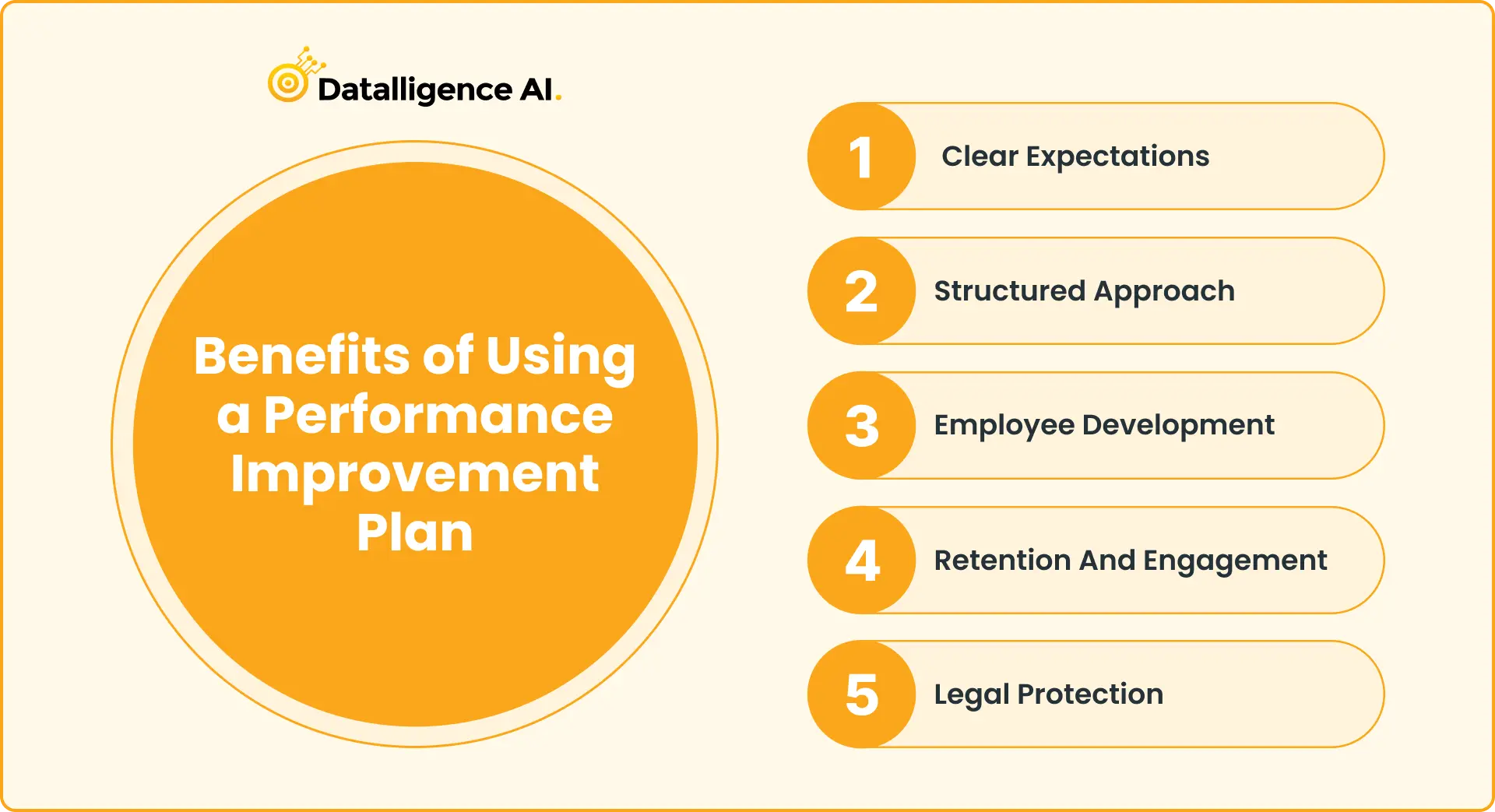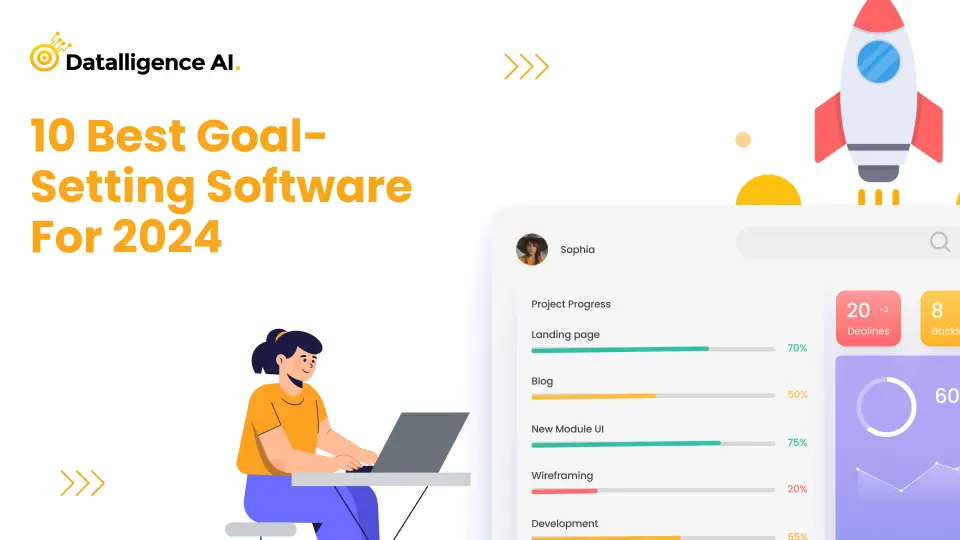In any workplace, it is crucial to provide employees with feedback to boost productivity, improve efficiency, and promote growth. One effective tool for addressing performance issues is a Performance Improvement Plan (PIP). A PIP is a formal document that outlines specific performance concerns and sets goals to help employees improve within a designated timeframe. While PIPs have gained a negative reputation, when implemented correctly, they can be a valuable coaching tool that supports employee development and retention. In this comprehensive guide, we will explore the steps to create an effective PIP and provide examples of how to apply them in real-world scenarios.
Section 1: Understanding Performance Improvement Plans
1.1 What is a Performance Improvement Plan?
A Performance Improvement Plan, also known as a PIP, is a structured approach to help underperforming employees improve their skills and meet the expectations of their role. It is a formal document that identifies specific areas of concern and outlines goals, expectations, and timelines for improvement. PIPs are commonly used when informal feedback and coaching have not resulted in the desired improvement.
1.2 Benefits of Using a Performance Improvement Plan

Implementing a PIP can provide several benefits for both employers and employees:
- Clear Expectations: A PIP sets clear expectations for improvement, ensuring employees understand what is required of them.
- Structured Approach: PIPs provide a structured framework for addressing performance issues, making the improvement process more manageable.
- Employee Development: PIPs offer an opportunity for employees to develop and enhance their skills, leading to personal and professional growth.
- Retention and Engagement: By providing support and guidance, PIPs can increase employee engagement and retention, as employees feel valued and invested in.
- Legal Protection: In cases where termination may be necessary due to continued poor performance, having a documented PIP can provide legal protection for the employer.
1.3 Challenges of Using a Performance Improvement Plan at work
While PIPs can be effective, it is essential to be aware of potential challenges:
- Negative Perception: PIPs often carry a negative connotation, as employees may perceive them as a precursor to termination.
- Lack of Trust: If employees feel that a PIP is solely focused on documenting poor performance rather than supporting development, trust may be damaged.
- Time and Resources: Developing and implementing a PIP requires time and resources from both managers and HR professionals.
- Misinterpretation: Employees may misinterpret a PIP as a sign of imminent termination, leading to increased stress and anxiety.
Section 2: Creating a Performance Improvement Plan
2.1 Assessing the Need for a Performance Improvement Plan
Before initiating a PIP, it is crucial to assess the situation and determine if it is the appropriate course of action. Consider the following factors:
- Performance or Behavioral Issues: Identify specific performance or behavioral concerns that can be substantiated. Review performance records and past feedback to assess the severity and persistence of the issues.
- Manager’s Commitment to Employee Success: Evaluate the manager’s commitment to helping the employee succeed. Ensure that the intention behind the PIP is to support improvement, rather than terminate the employee.
- Feasibility of Improvement: Determine if the issues can be resolved through a formal improvement plan. Assess the potential for improvement based on the nature of the problems and the employee’s willingness to address them.
- Training and Support: Consider if the employee has received proper training and support to meet performance expectations. Identify any gaps in training or resources that may have contributed to the performance issues.
2.2 Defining Goals and Expectations
Clear goals and expectations are essential for a successful PIP. Follow these guidelines when defining goals:
- Specific and Measurable: Set specific and measurable goals that provide clarity on what the employee needs to achieve. Use the SMART principle (Specific, Measurable, Achievable, Relevant, Time-bound) to ensure goal effectiveness.
- Collaborative Approach: Involve the employee in the goal-setting process to foster ownership and commitment. Encourage input and suggestions to ensure the goals are realistic and achievable.
- Relevant to Performance Concerns: Align the goals with the specific performance concerns outlined in the PIP. Focus on addressing the areas of improvement identified earlier.
- Realistic Timeframes: Establish realistic timeframes for goal completion. Consider the complexity of the tasks and the employee’s capacity to achieve the objectives within the given timeframe.
2.3 Providing Resources and Support
To facilitate improvement, offer the necessary resources and support to the employee. Consider the following:
- Additional Training: Identify any training programs, workshops, or courses that can enhance the employee’s skills and address performance gaps. Provide access to these resources and ensure they align with the goals outlined in the PIP.
- Coaching and Mentoring: Assign a mentor or coach who can offer guidance and support throughout the improvement process. This individual can provide regular feedback, answer questions, and assist the employee in overcoming challenges.
- Clear Communication Channels: Establish open lines of communication between the employee, their manager, and HR. Encourage regular check-ins to discuss progress, address concerns, and provide ongoing support.
2.4 Monitoring Progress and Evaluating Performance
Regular monitoring and evaluation are crucial components of a successful PIP. Follow these steps to effectively track progress:
- Scheduled Check-ins: Establish a schedule for check-in meetings to assess progress towards the goals outlined in the PIP. These meetings provide an opportunity to discuss challenges, provide feedback, and make any necessary adjustments.
- Documented Feedback: Document feedback provided during check-ins and any additional feedback received from colleagues or clients. This documentation will serve as a record of progress and assist in evaluating the employee’s performance.
- Ongoing Support: Continuously offer support and guidance throughout the improvement process. Address any obstacles or challenges that may arise, and provide additional resources or training if needed.
- Midpoint Evaluation: Conduct a midpoint evaluation to assess progress and determine if any modifications to the PIP are necessary. This evaluation allows for timely adjustments and ensures the employee remains on track towards improvement.
2.5 Consequences and Next Steps
Clearly communicate the consequences and next steps if the employee fails to meet the goals outlined in the PIP. Consider the following:
- Reassessment of Fit: If the employee consistently fails to meet the goals and expectations outlined in the PIP, reassess their fit within the organization. Determine if the performance issues are likely to be resolved or if alternative measures, such as reassignment or termination, need to be considered.
- Feedback and Coaching: If the employee demonstrates effort and progress but falls short of the desired outcomes, provide constructive feedback and coaching. Offer additional support and revisit the goals and expectations to ensure clarity.
- Continued Development: If the employee successfully meets the goals outlined in the PIP, recognize their progress and shift the focus to continued development. Provide ongoing feedback, coaching, and opportunities for growth to maintain performance improvement.
Section 3: Real-World of performance improvement plan example
3.1 Example 1: Addressing Attendance Issues
Performance Concern: The employee has a history of frequent tardiness and unscheduled absences.
Goal: The employee must achieve perfect attendance for the next three months, arriving on time for every scheduled shift and taking approved absences only.
Resources and Support: Provide the employee with an attendance tracking system, mentorship from a colleague with excellent attendance, and additional training on time management and work-life balance.
Monitoring Progress: Conduct weekly check-ins to review attendance records and discuss any challenges or concerns. Recognize improvements and address any issues promptly.
Consequences and Next Steps: If the employee fails to achieve the goal of perfect attendance within the designated timeframe, further disciplinary action may be taken, including a formal written warning or potential termination.
3.2 Example 2: Improving Sales Performance
Performance Concern: The employee consistently fails to meet sales targets and has not demonstrated significant improvement.
Goal: Increase monthly sales by 20% within the next quarter. Achieve a minimum of 10 new client acquisitions per month.
Resources and Support: Provide additional sales training, access to sales resources and tools, and assign a mentor from the sales team to provide guidance and support.
Monitoring Progress: Review sales reports and performance metrics on a weekly basis. Conduct regular meetings to discuss strategies, address challenges, and provide feedback.
Consequences and Next Steps: If the employee fails to meet the sales goals within the designated timeframe, consider alternative measures such as reassigning them to a different role or terminating their employment.
Conclusion
Creating an effective Performance Improvement Plan is an essential tool for addressing performance issues and supporting employee growth and development. By following the steps outlined in this guide and customizing them to fit your organization’s unique needs, you can create a structured and supportive approach to help underperforming employees improve their skills and contribute to the success of your organization. Remember, a well-executed PIP can transform performance issues into opportunities for growth and success.
At Datalligence.AI, we provide advanced analytics solutions to help organizations optimize performance and make data-driven decisions. Our cutting-edge technology and expert guidance can assist in identifying performance gaps and formulating effective improvement strategies. Contact us today to learn more about how Datalligence.AI can support your organization’s performance improvement initiatives.











